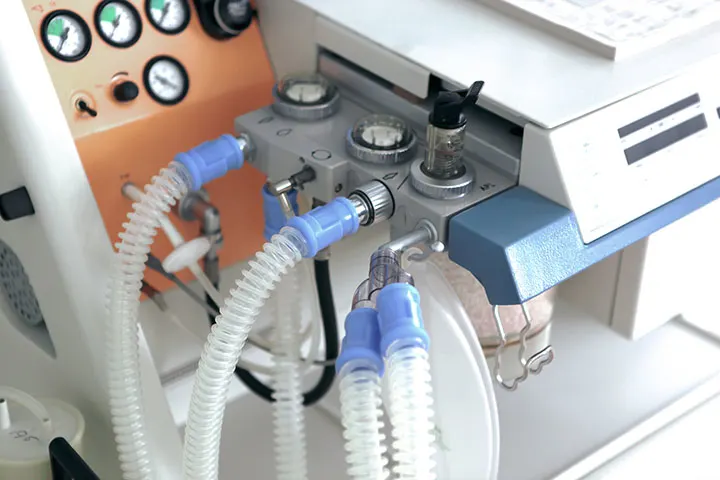The Different Ventilator Modes

Providing quality patient care is not only about having the proper medical equipment, it’s about using the equipment effectively. Part of knowing how to use medical equipment to your advantage is understanding all of its applications, features, and modes. There are several different modes on a ventilator, for instance, that can provide various types of respiratory care depending on the type and stage of treatment that a patient requires.
Volume
The different ventilator modes tend to focus on controlling two aspects of a patient’s breathing: volume or pressure. Volume-based ventilation modes are mostly used when ventilation—the simple transfer of oxygen into the lungs and carbon dioxide out of the lungs—is the main issue. This mode focuses on sending a specific amount of air into the lungs.
Assist Control (AC)
On Assist Control mode, the patient triggers the ventilator to dispel a pre-set volume of breath. If the patient is unable to trigger the breath, it is also possible for the ventilator to expel the breath at set time intervals. This mode is most commonly used on patients entering the intensive care unit, specifically those suffering from acute respiratory failure.
Pressure
Normal breathing utilizes air pressure changes, namely the diaphragm dropping, to create a lower air pressure in the lungs that allows air to enter. Pressure control ventilation focuses less on putting a set volume of air into the lungs and more on maintaining specific airway pressure.
Pressure Control (PC)
This mode places the patient on a continuous pressure rate regardless of whether a patient inhales or exhales. If a patient is on an AC ventilation mode and their peak or plateau pressure levels begin to climb, or if a patient is having trouble with oxygenation, it may be time to switch to pressure control mode.
Pressure Support Mode
Unlike pressure control mode, the pressure support mode is more patient-initiated. Although the patient does not control the pressure, this mode is designed to support the patient's breaths. Two of the major types of pressure support modes are continuous positive airway (CPAP) and bilevel positive airway pressure (BiPAP).
CPAP maintains a single, consistent pressure level regardless of whether a patient breathes in or out. BiPAP alternates between two pressure settings depending on whether a patient is inhaling or exhaling, with a lower setting for exhalation. Both are often utilized for sleep apnea, with CPAP being used for obstructive sleep apnea and BiPAP being used for central or complex sleep apnea. Your patients may be struggling with a variety of respiratory needs. Your facility can supply the knowledge of how to meet those needs, while our team at Med One Group can provide the respiratory equipment to help.
